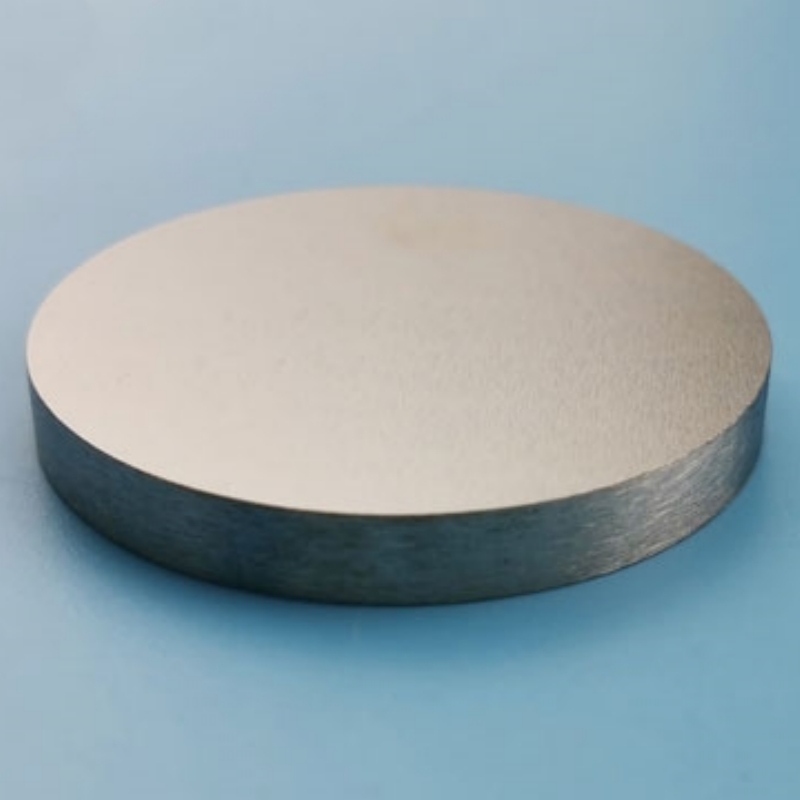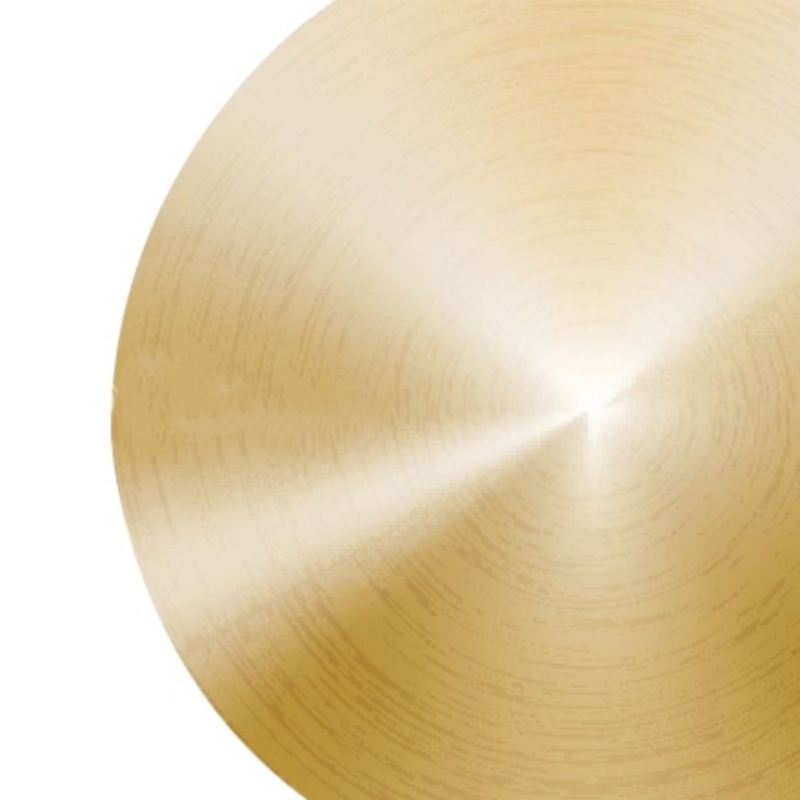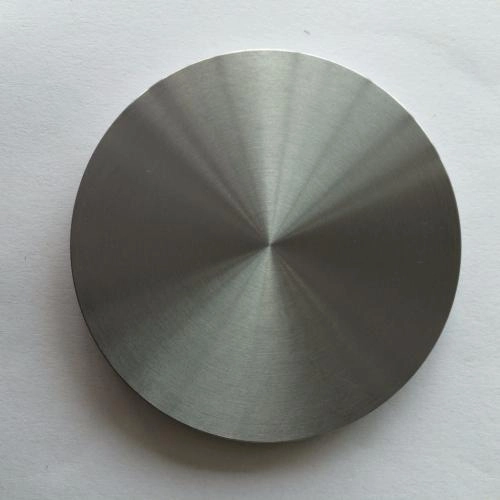Hafnium diboride (HfB₂) is an ultra-high-temperature ceramic material known for its exceptional hardness, thermal stability, and oxidation resistance. It is widely used in aerospace applications, refractory coatings, cutting tools, and nuclear reactor components. Due to its superior mechanical strength and electrical conductivity, hafnium diboride plays a crucial role in advanced engineering, specialized coatings, and industrial manufacturing.
Product Overview
Hafnium diboride (HfB₂) is an ultra-high temperature ceramic material composed of hafnium and boron. It has relatively high thermal and electrical conductivity and a hexagonal crystal structure. It is often combined with carbon, boron, silicon, silicon carbide, and nickel to enhance its sintering ability. HfB₂ is typically formed by hot pressing and is widely used in high-temperature applications.
Product Features
- High Thermal and Electrical Conductivity:Like titanium diboride (TiB₂) and zirconium diboride (ZrB₂), HfB₂ demonstrates excellent thermal and electrical conductivity.
- Ultra-High Temperature Ceramic:It has a very high melting point, making it suitable for high-temperature environments.
- Strong Corrosion Resistance:HfB₂ has good chemical stability, allowing it to perform well in harsh environments.
- Strong Structure:It offers high hardness and excellent oxidation resistance.
Applications
- Hypersonic Reentry Vehicles:Used in high-temperature components for hypersonic reentry vehicles.
- Nuclear Reactor Control Rods:Potentially used as a new material for control rods in nuclear reactors.
- Microchip Diffusion Barriers:Applied as diffusion barriers in microchips, helping to enhance the stability of chips.
- High-Temperature Alloys:Used in the manufacture of high-temperature alloys, especially in extreme temperature applications.
- Pharmaceutical Industry:As an auxiliary pharmaceutical chemical, supporting certain chemical reactions.
| Brand | Chemical Composition % | |||||
| B | Fe | S | N | C | Zr | |
| ≤ | ||||||
| HfB2 | 10.7 | 0.02 | 0.001 | 0.01 | 0.05 | 0.5 |
Submit Your RequirementsWe will contact you within 24 hours.
 WOBO Scientific Research New Materials One-Stop Service Platform
WOBO Scientific Research New Materials One-Stop Service Platform










